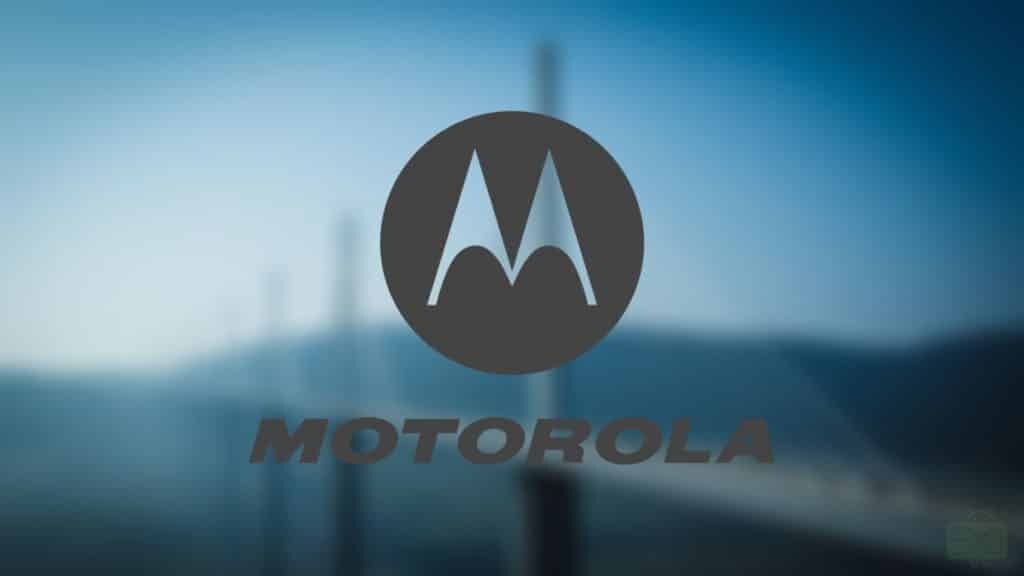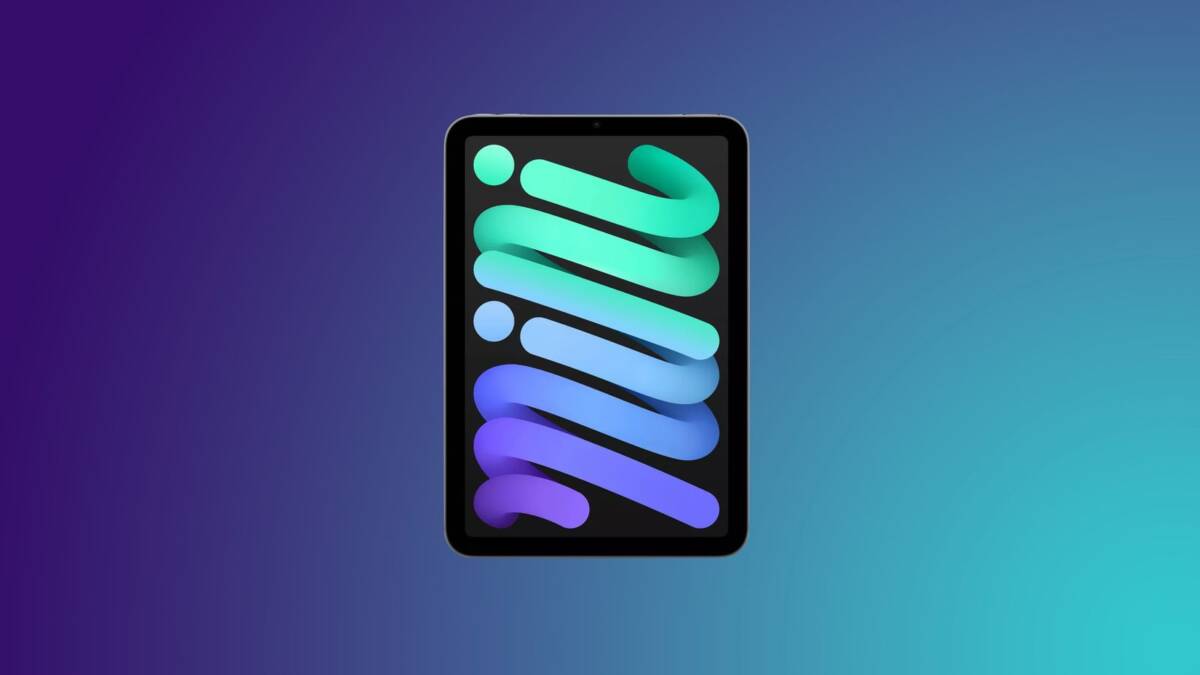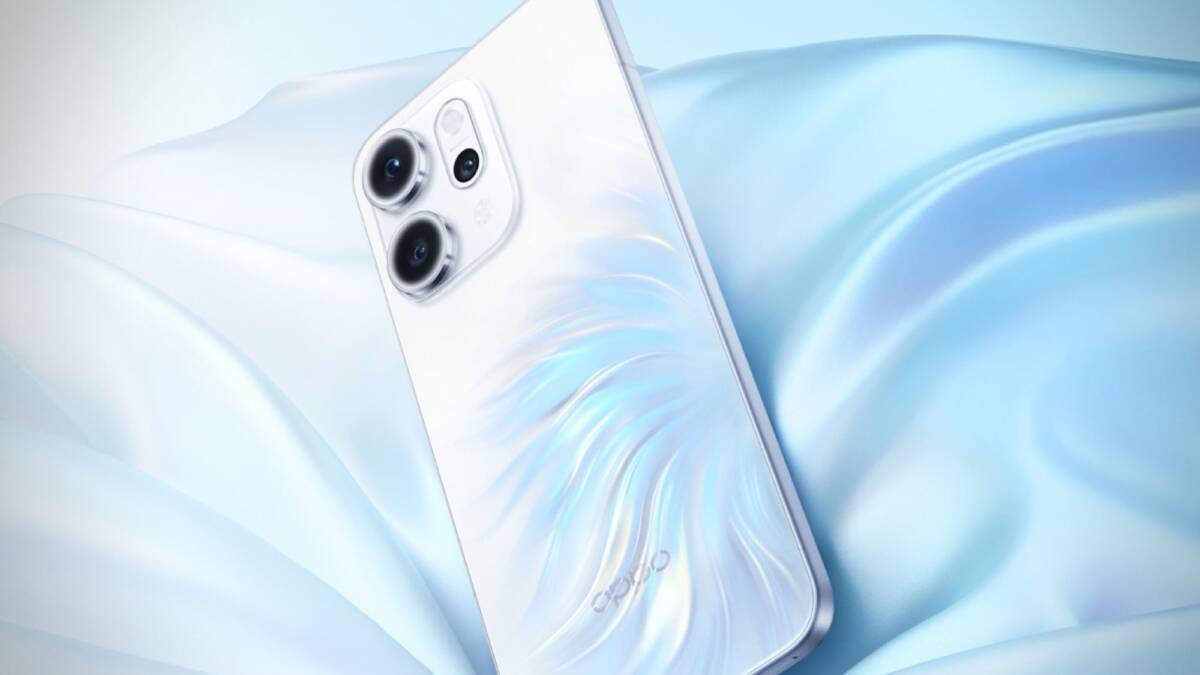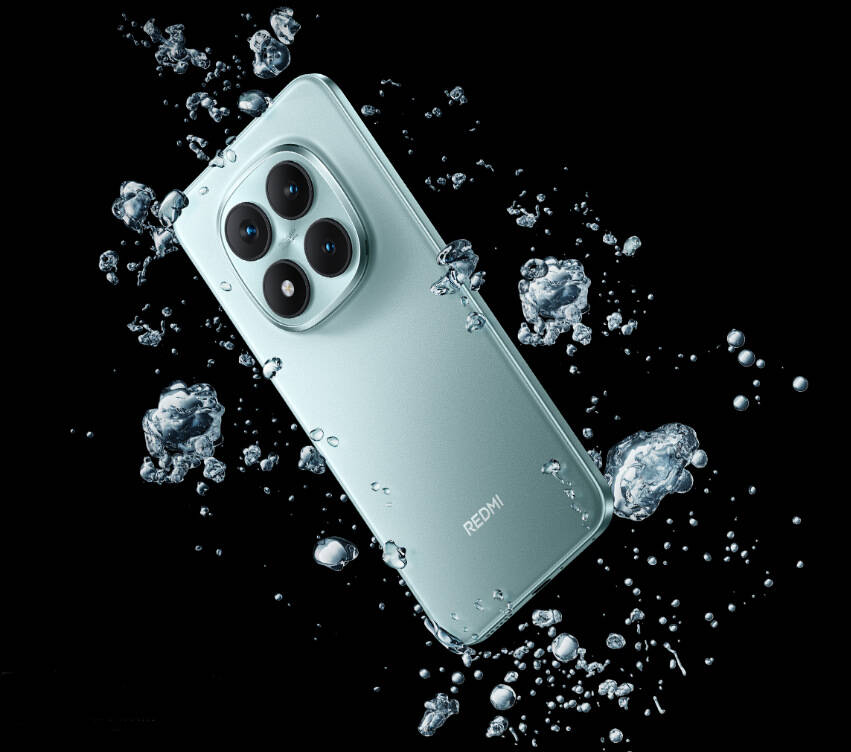LG has revealed the ultimate “Dream OLED” code with mass production of blue phosphorescent panels
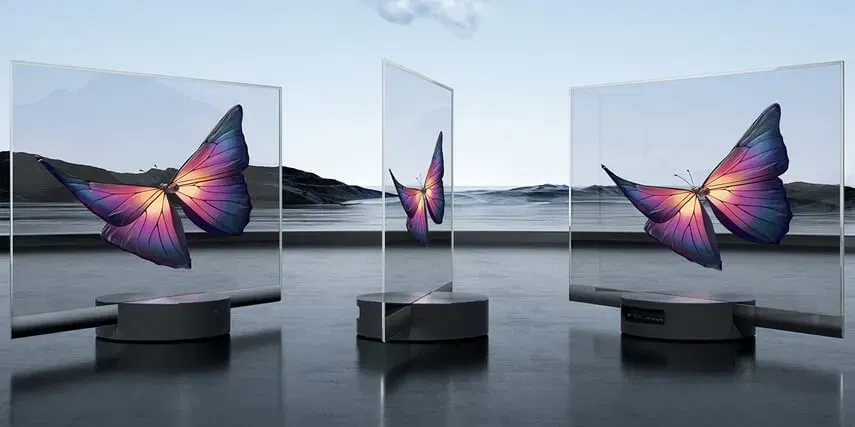
LG Display has just accomplished what the display industry has been chasing for years. It’s the first company to mass produce blue phosphorescent OLED panels. This is a big deal because blue has always been the missing element in what has been called the “OLED dream” – a display that uses energy-efficient phosphorescence for red, green, and blue colors.
LG Display has just launched a new display that uses energy-efficient phosphorescence for red, green, and blue colors.
The breakthrough followed eight months of development with Universal Display Corporation (UDC), and the new panel will be unveiled to the public at SID Display Week 2025 in San Jose.
Interestingly, many expected Samsung to be the first company to introduce blue phosphorescence and bring it to market in future foldable devices like the Galaxy Z Fold 7 or Flip 7. But it was LG that achieved this first.
That’s why it matters. While red and green phosphorescent materials have been around for years and used in modern OLED displays because of their high efficiency and low power consumption, blue has remained an ongoing challenge. Blue light has a shorter wavelength and higher energy, making it much more difficult to control. Current OLED panels utilize blue fluorescence, which is more stable but incredibly inefficient, peaking at 25% light emission efficiency.
Blue fluorescence is more stable but incredibly inefficient, reaching a maximum of 25% light emission efficiency.
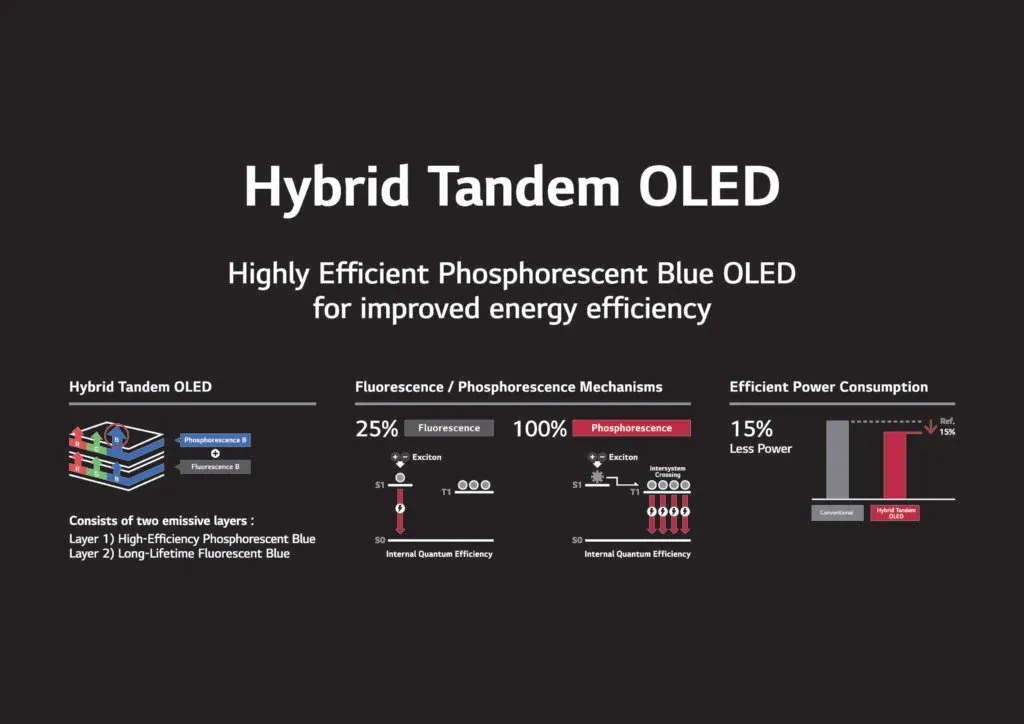
LG’s new approach is a hybrid “double tandem stack” structure. The bottom layer still uses blue fluorescence for durability, but now it’s combined with a blue phosphorescent layer on top. This design reduces power consumption by about 15 percent without sacrificing stability or longevity. In a world of power-hungry smartphones, tablets and AI-powered gadgets, that’s not just impressive – it’s important.
This achievement relies heavily on UDC’s PHOLED technology, which is based on organometallic compounds with heavy metals such as iridium. These materials allow the panel to utilize both singlet and triplet excitons, which means extracting much more light from the same amount of energy with efficiencies close to 100 percent.
The PHOLEDs are a great example of how UDC’s PHOLEDs can be used in the same way.
The benefits go beyond simply reducing energy consumption. These new panels could enable brighter screens, longer-lasting batteries and potentially thinner devices. LG says the technology is aimed at small and medium-sized displays, which currently means smartphones and tablets, but there’s clear potential for wearable devices, foldable PCs with artificial intelligence, and even AR or VR headsets.
Blue phosphorescent OLED has been the biggest challenge in display technology. Now, with LG’s solution, the dream of OLED is no longer just a concept – it’s real and coming to market soon.
The story LG reveals final code for “Dream OLED” with mass production of blue phosphorescent panels was first published on ITZine.ru.

